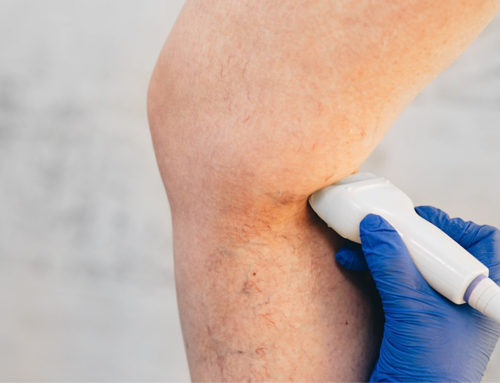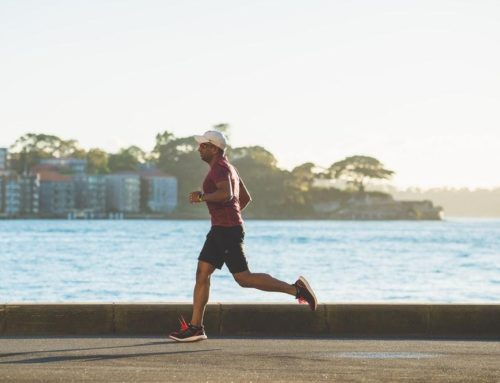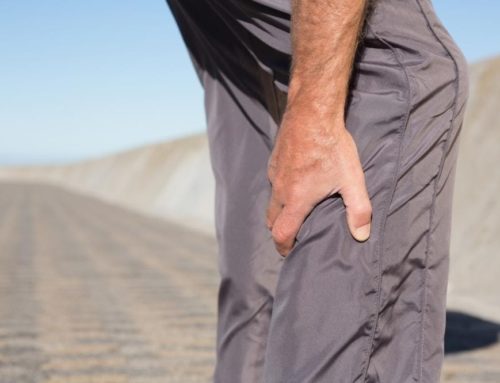
Pulmonary embolism is a life-threatening emergency caused by a blood clot that has traveled to the lungs through the bloodstream and is causing a blockage. The condition occurs suddenly and requires immediate care to avoid any permanent damage to the lungs. It can also reduce the oxygen levels in the blood, which can cause damage to the brain.
The clots are usually formed in the deep veins located in and around the legs. These clots are commonly known as Deep Vein Thrombosis. The exact number of people affected by DVT and PE is unknown, but according to the CDC, as many as 900,000 Americans could be affected. The fatality rate for people with venous thromboembolism is around 10% to 30% with an estimated 60,000 to 10,000 deaths from the condition in the United States
Symptoms of DVT and Pulmonary Embolism
Before the clot has traveled to the lungs, it can be identified early on through symptoms such as:
- swelling in the leg
- certain areas of the leg warm to touch
- Tenderness or pain in the leg
- Reddish or bluish discoloration on the skin
Deep vein thrombosis symptoms can often be mistaken for a pulled muscle and can progress into pulmonary embolism if not treated right away.
- Symptoms for PE include:
- Rapid heart rate
- Sharp stabbing chest pain
- Sudden shortness of breath
- Pain getting worse with each breath
- Unexplained couch accompanied by bloody mucus in some cases

Tips for Keeping DVT Risk Low and Preventing Pulmonary Embolism
Deep vein thrombosis and pulmonary embolism can happen to anyone regardless of their age or gender. However, certain factors can increase the chances of the condition, such as long periods of inactivity, weight gain, smoking, and diseases such as stroke, cardiovascular issues, and severe infections.
Here are some tips to prevent PE and reduce your risk of developing DVT:
- Exercise regularly and stay active
- avoiding long periods of inactivity and a sedentary lifestyle
- Get up and move around after every two hours of continuously sitting in one position while working or deriving
- Stay hydrated and avoid caffeine and alcohol especially while traveling
- Wear compression stockings especially if you have a high risk of developing vein disorders or blood clots
- Lose weight and eat a healthy diet full of nutritious vitamins and minerals
- Consider getting blood thinners if you are at a high risk of developing blood clots.
- Don’t ignore any troubling symptoms such as unexplained heaviness or pain in the leg or visible signs such as redness or discoloration.
Seek Professional Vein Assessment from Venous Experts In New York:
The best way to prevent issues such as DVT and Pulmonary Embolism is to get regular vein assessments and report any uncomfortable symptoms to professional vein experts right away.
Varicose Veins Doctors New York is a certified vein treatment center offering expert diagnosis, professional vein assessments, and innovative vein treatments in New York.
Our vein experts have years of experience diagnosing various venous disorders, including deep vein thrombosis, varicose veins, leg swelling, and spider veins.
Call 212-906-9111 today to schedule an appointment!




